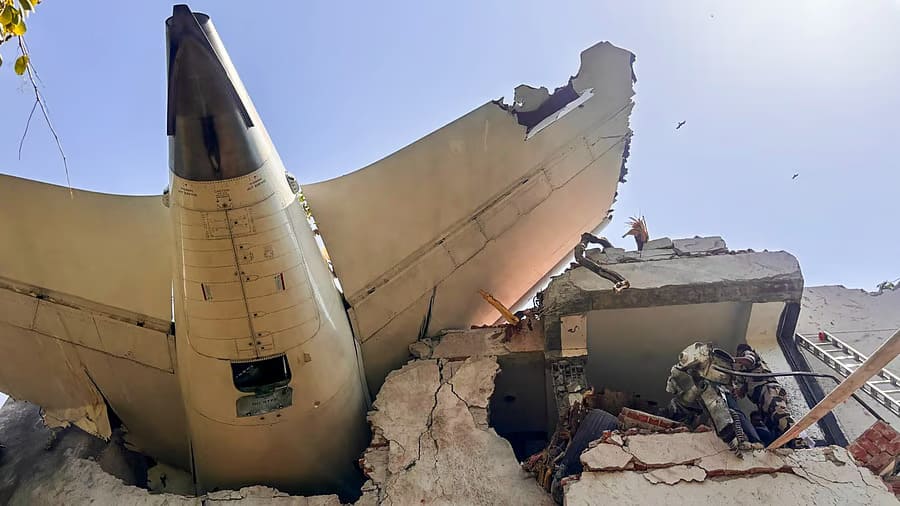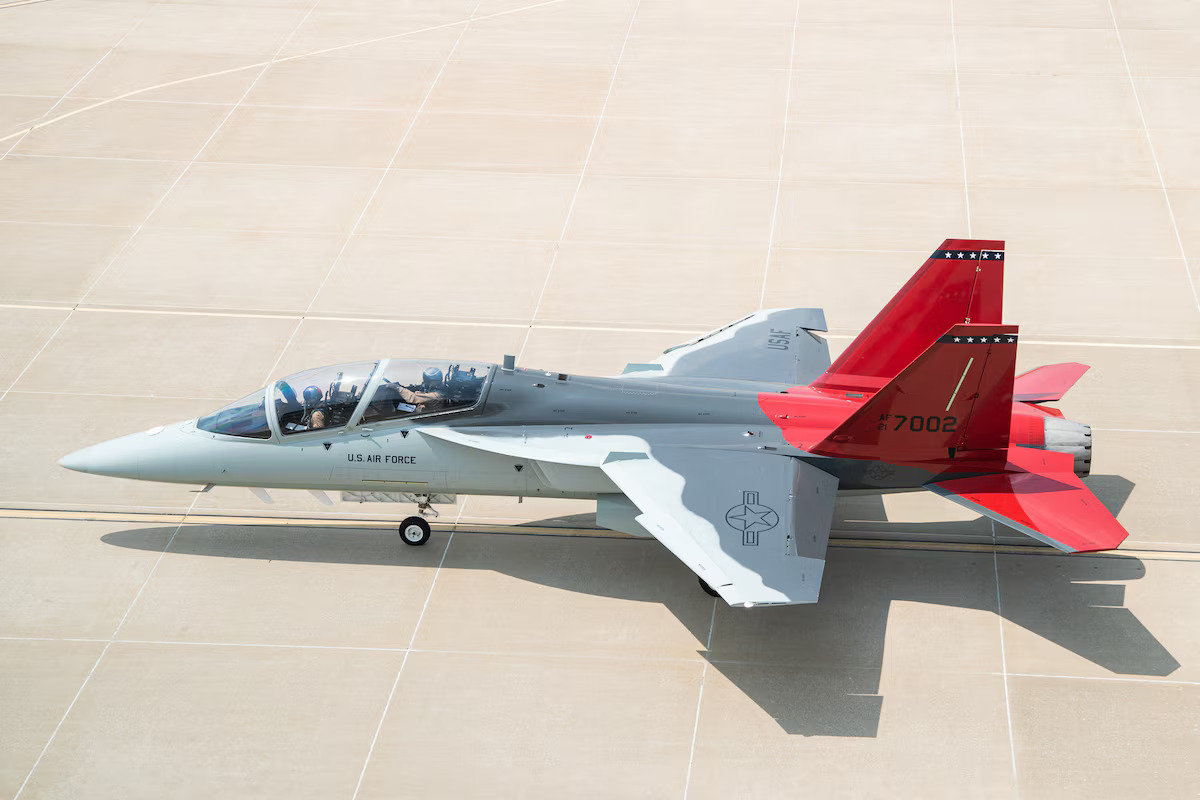India’s Aircraft Accident Investigation Bureau (AAIB) has revealed that the fuel control switches of both engines on Air India Flight 171 were in the “cutoff” position seconds before the Boeing 787-8 Dreamliner crashed after takeoff from Ahmedabad on June 12, 2025, killing 260 people. One passenger survived.
The preliminary report, released on July 12, states that the switches were unintentionally moved mid-climb, causing a loss of thrust just moments after the aircraft left the runway. The report marks the first formal disclosure of what triggered the fatal crash and sets the direction for further investigation.
Table of Contents
ToggleFuel Cutoff Mid-Climb
Air India Flight 171, bound for London Gatwick, took off at 13:39 IST with 230 passengers and 12 crew members aboard. Within seconds of reaching an airspeed of 180 knots, both General Electric GEnx-1B engines lost power as their fuel switches were moved from “RUN” to “CUTOFF”—left engine first, then the right engine one second later.
A “Mayday” was declared at 08:09:05 UTC, but the aircraft lost altitude rapidly and crashed into a densely populated area just 0.9 nautical miles from the runway. The wreckage struck several buildings near BJ Medical College, killing 19 people on the ground and injuring 67 others.
Evidence of Restart Attempt
Flight data indicates that the crew attempted to restart the engines within 10 seconds. While the left engine partially recovered, the right engine failed to regain core speed. The Ram Air Turbine (RAT) deployed automatically as electrical and hydraulic power systems failed. The thrust levers remained in takeoff position until impact, though they were found near idle due to fire damage.
No Pre-existing Faults Found
Investigators found no technical faults in the aircraft’s engines or fuel switches. The aircraft, VT-ANB, was delivered in 2013 and had 41,868 flight hours. It was compliant with all airworthiness directives and had received new engines in early 2025.
However, the fuel switches share design elements with parts flagged in a 2018 FAA Special Airworthiness Information Bulletin (SAIB NM-18-33), which warned of potential locking failures. No mandatory directive followed, and Air India did not perform voluntary inspections.
Investigation Continues
The captain, 56, was highly experienced with 8,500 hours on type. The co-pilot had over 1,100 hours on the 787. Both had passed preflight checks and were well-rested.
Data from the forward Enhanced Airborne Flight Recorder (EAFR) was recovered with help from the NTSB, FAA, Boeing, and GE. The aft recorder was too damaged. Investigators from the UK, US, Portugal, and Canada have joined the probe due to multinational casualties.
The AAIB notes the inquiry is ongoing, and no safety recommendations have yet been issued for Boeing 787 or GEnx-1B engine operators.
Javeria Sajid is an Aerospace Engineering student from NUST with a background in technology and a sharp focus on the global political landscape and defence innovation. She writes to make complex defence technologies understandable, and aspires to bridge journalism, policy, and engineering in her work.














